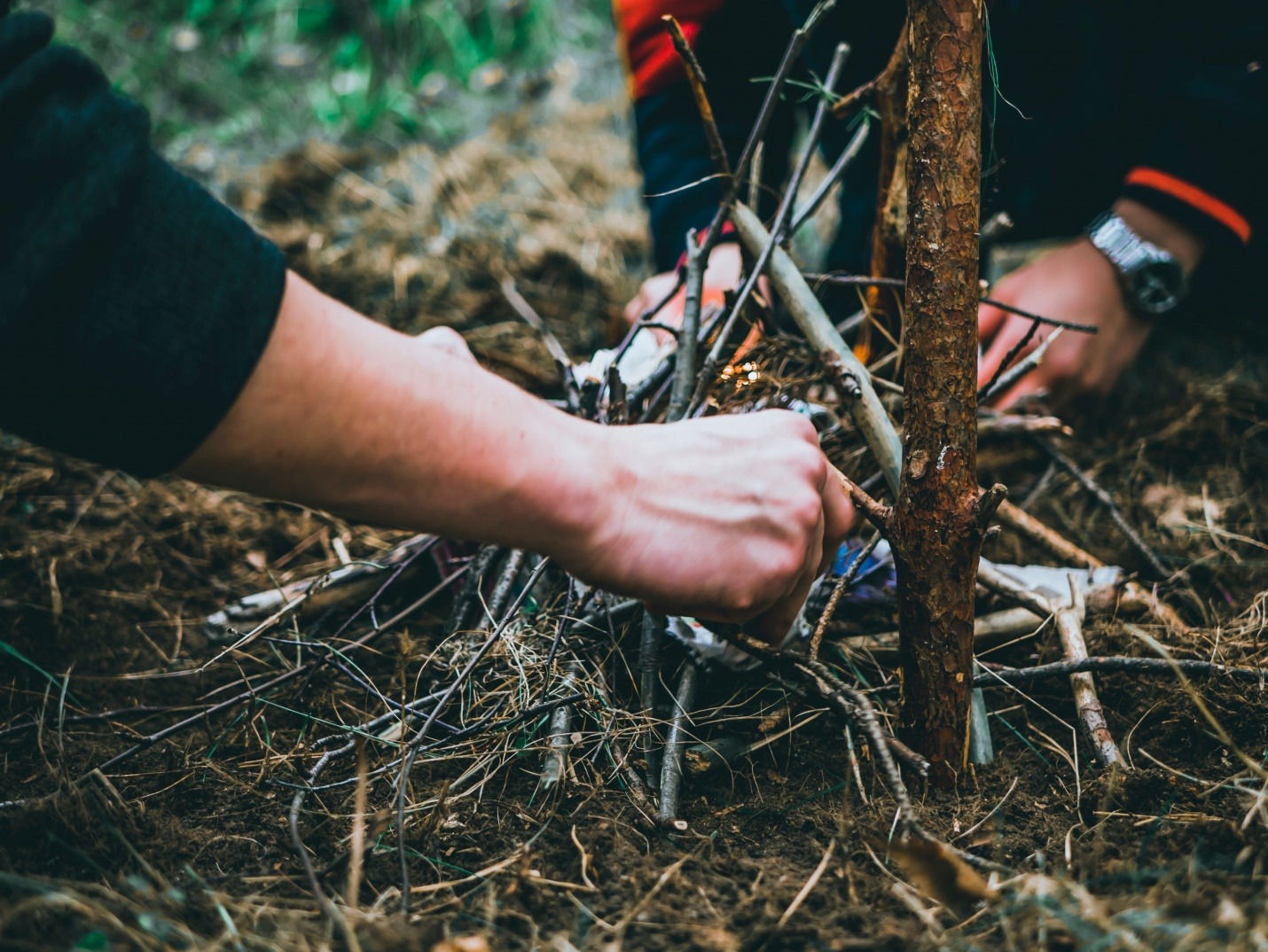For all those thinking that hunting doesn’t really contribute to conservation, you’re wrong. Hunting has been a part of human culture for a long time, being used as a means for survival. And since wildlife belongs to all of us, every citizen has the right to hunt. When it comes to conservation, here are 10 facts to prove that hunting is conservation.
1. It helps in controlling prey species
Hunting avoids population explosions of predatory species like Bison and Elk, who otherwise would increase predator population largely and make a prey of animals that are unable to protect themselves.
2. A funding source for state agencies
Hunters pay approximately $796 million a year for conservation programs in the form of licenses and fees along with donations to groups like RMEF. Such programs are extremely important as they assist in animal genetic diversity.
3. Increased Pronghorn population
By 1950, there remained only 12,000 Pronghorn, however, due to hunting, now there are more than 1.1 million Pronghorns existing.
4. Supports jobs
Hunting creates as many as 680,000 jobs such as for those providing hunting gear for safety purposes, Merino Wool to stay warm and camping equipment for those who spend days and nights waiting for the prey. Moreover, retail shops that sell guns and ammunition also contribute to generating employment opportunities.
5. It provides a source of organic meat
Hunting is an excellent way to connect with nature and consume lean, free-range meat. Hunting the animal, yourself, gives you the assurance that there aren’t any extra preservatives added through injections into the dead animal.
6. Restores species such as Elks
Donations from hunters to RMEF enable the restoration of wild elk herds in over seven provinces and states thus, ensuring that healthy elks thrive in their own natural habitat under land protection.
7. Hunting largely contributes to conservation through involvement in RMEF
RMEF (Rocky Mountain Elk Foundation) has a great number of hunters passionate about what they do best, hence, they contribute financially for habitat conservation. RMEF having over 7 million acres of land for their main purpose is mainly due to the funds donated by hunters.
8. Acts as a wildlife management tool
Along with balancing the wildlife population with how much suitable land is available, hunting is also considered as a wildlife management tool as it limits crop damage along with preventing the spread of diseases.
9. The approval of citizens indicates that hunting is regarded as conservation
Around 4 out 5 people in the world support hunting. This shows that it is considered by most people as a positive force regarding conservation. Even female participation in hunting is rising rapidly.
10. Generates funds through taxes for conservation purposes
With guns, ammunition, arrows, and bows having 11% tax charged, it creates nearly $371 million per year to help in conservation. This is considerably a large amount that does not only assist in conservation but can also boost the economy.

